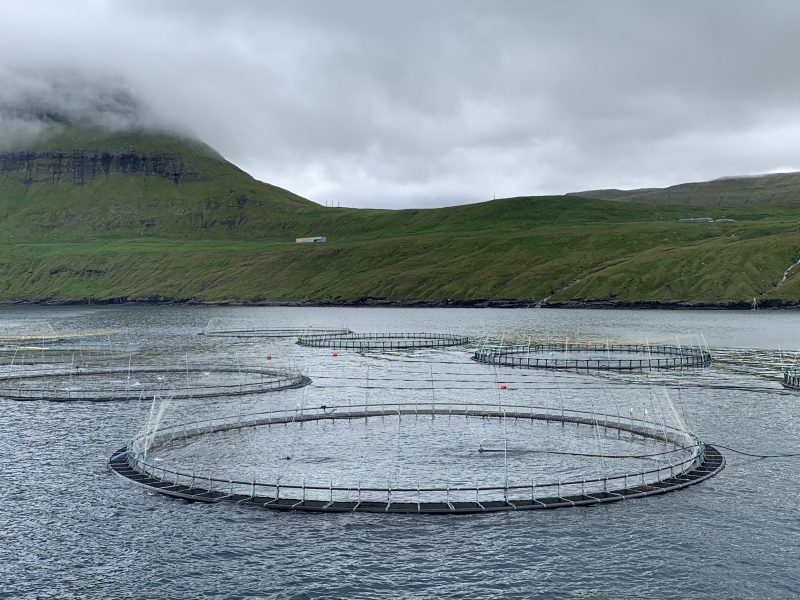Comment on the DanWatch article
2019.11.14
Written by Anne Mette Bæk
In the article ”We are eating the poor man’s fish”, DanWatch (a Danish media and research centre) presents a number of claims which EUfishmeal would like to comment on.
In the paragraph “Five kilos of fish for one kilo of fishmeal”, the heading is the only claim that gets somehow close to the truth. In the production of fishmeal and fish oil, it is normal to calculate a reduction of approx. 25% from raw material (whole fish and trimmings) to the final product, but from here the argument loses its way.
Salmon is considered a very feed effective type of food. This is typically calculated in FCR or FER (feed conversion rate or feed efficiency rate) which when calculated in scientific research typically result in approx. one for salmon. This means that for each kilogram of feed given to a salmon, it will gain about one kilogram. Furthermore, even though salmonids are some of the species which require the most fishmeal and -oil, these products will only typically make up 25% of a feed mixture where the rest will consist of vegetable ingredients such as plants, soy, etc. In addition, 25% of fishmeal and fish oil come from trimmings from fish filleting factories and fish processing which through simple calculation shows that it will take less than a kg of wild caught fish for one kg of salmon. For other fish farming species such as freshwater fish and shellfish which require a smaller part of fishmeal and fish oil in their feed, it takes even less wild caught fish to produce one kg of farmed fish. This is also completely in line with the newest research on “Fish In – Fish Out” which has been made by IFFO and revised by EU’s Aquaculture Advisory Council.
The article is a part of a series which also mentions that “according to FAO, 85 percent of the world’s fish stocks today have reached their maximum limits for fishing or are about to collapse” and quotes FAO’s latest report. However, this claim is hard to find in the report. It turns out that with some creative calculation, the alleged 85% includes the stocks that are fished on a basis of the scientifically supported sustainable levels of fishing, i.e. MSY – “maximum sustainable yield”. MSY is widely considered and often used as the sustainable objective when annual fishing quotas are scientifically adviced and politically decided. Additionally, recent experience shows that scare campaigns about fishing collapses should not always be taken seriously (Danish article).
Moreover, it is claimed that “nearly half of all fish meal and fish oil imported for the EU goes to Denmark.” Seen in isolation, this is not incorrect, but the reason behind it is that Denmark is among the world’s largest exporters of fishmeal and fish oil. A lot of the products are therefore simply in Denmark as the country functions as an intermediate link due to our geographical position before the products are e.g. sent to Norway which has the world’s largest aquaculture production.




